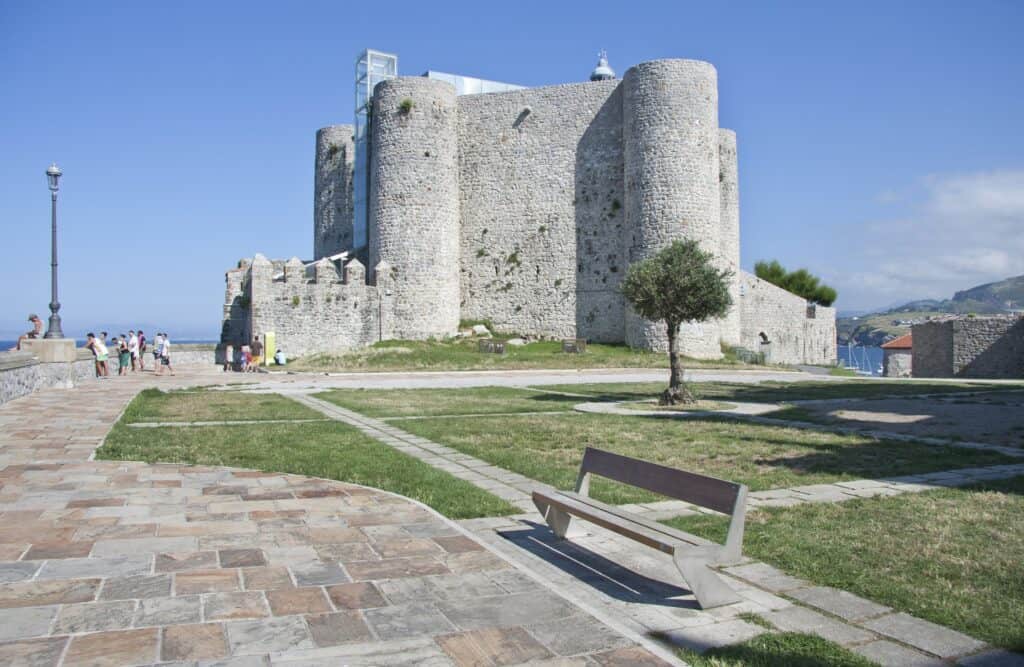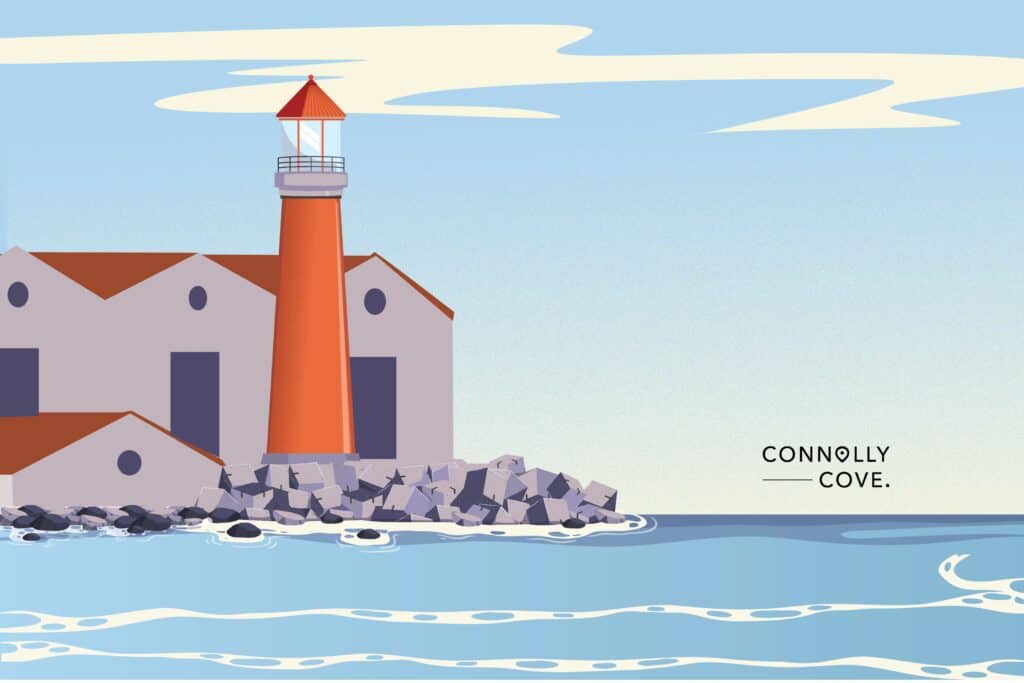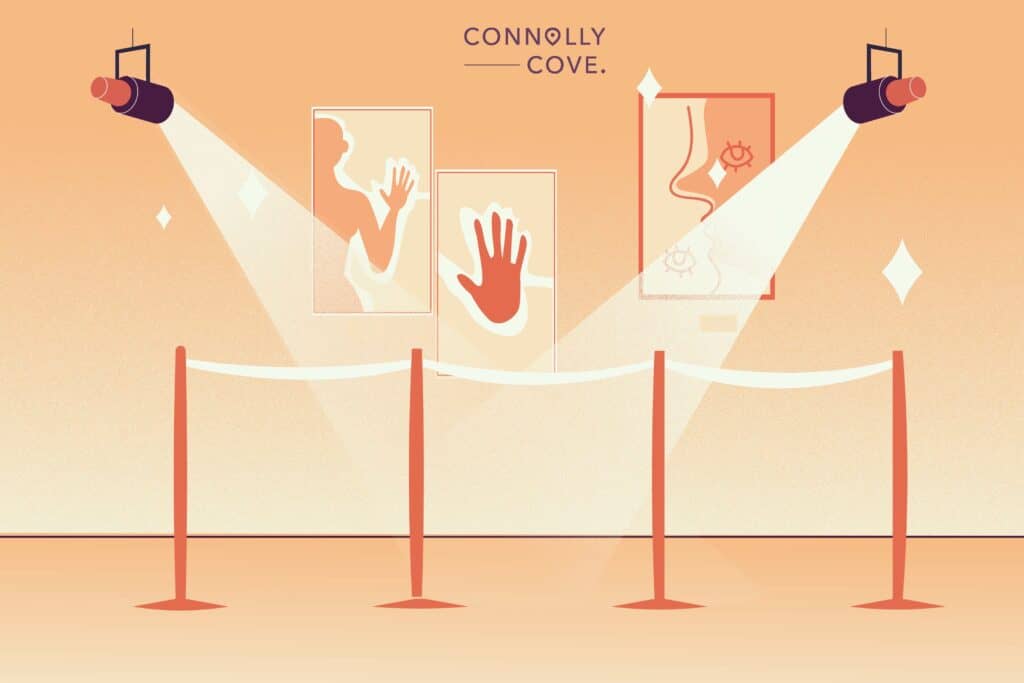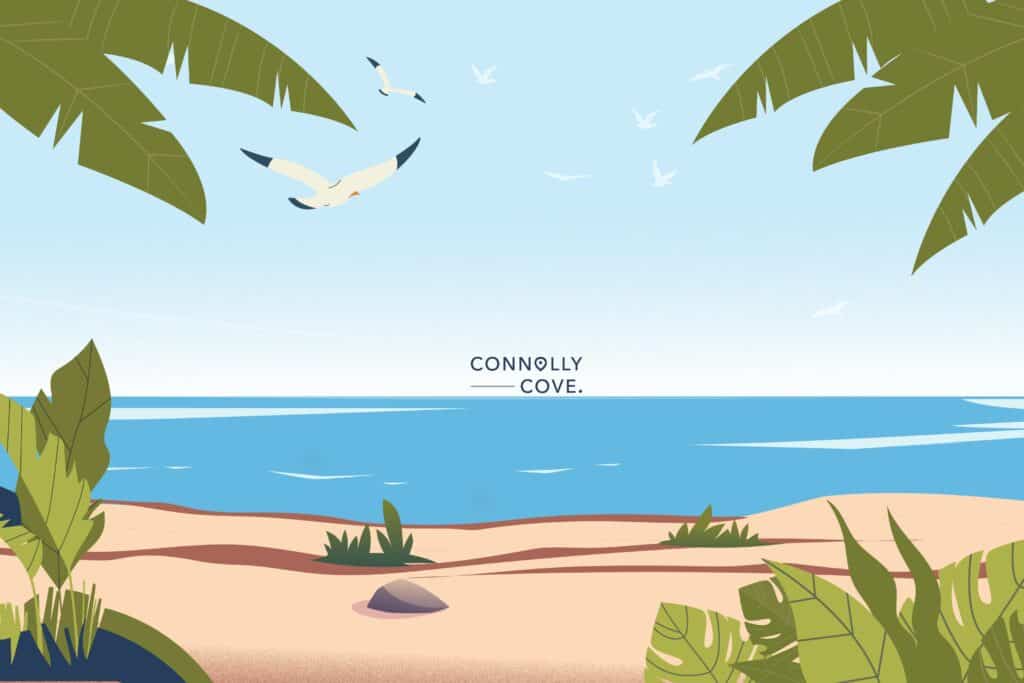Best Things To Do In Vigo, Spain

Updated On: November 09, 2023 by Esraa Mahmoud
Vigo is the westernmost city in Iberian Spain, on the Atlantic Ocean, and with lush mountain scenery all around. The Galician city of Vigo is located about 90 km south of Santiago de Compostela and just 35 km from the border with Portugal. The city is a seafood lover’s dream, where oysters hardly travel more than a mile from your plate.
Vigo’s location also gives it a microclimate with temperatures up to five degrees warmer than other Galician cities. If the sweltering temperatures on the Mediterranean put you off in summer, then Vigo’s cool ocean beaches and more temperate climate will be more to your liking.
There are plenty of museums in Vigo: the Sea Museum, the MARCO Modern Art Museum, the Verbum Science Museum, and, of course, the wonderful Quiñones de León, where you can admire Goya for free and then take a stroll in the best park in the city. But still, the main attractions of Vigo are not inside the buildings, but in the streets, in the port, by the coast, and even on the islands.
Being such a pretty coastal town, Vigo offers a wealth of attractions for visitors to see and do! What are the best things to do in Vigo and the best places to visit? Let’s find out!
Castro Fortress

Surely the best introduction to the city and its epic landscapes is to survey them from the granite walls of this 17th-century fortress. From this dominant position, you will have the best view of the estuary, the port, the historic district, the mountainous landscapes, and the Cíes de Vigo islands.
The fortress was an artillery installation built in 1665 to defend Vigo against attacks from the English Navy and Portugal during the Portuguese War of Restoration. Embattled many times, it was finally recaptured by the citizens of Vigo themselves in 1809.
Within its walls, you will find formal gardens with lawns, carefully maintained flower beds, and a fountain in the center, all with photogenic 360° views of the city. The Castro Fortress is an excellent start for your trip to Vigo.
Parque del Monte Castro
The park around the Castro Fortress is another must-visit while in Vigo. It is not so much an urban pleasure garden as a wild mountain in the middle of the city. If you feel like getting some exercise, you can walk to Monte Castro, and although it’s a challenging walk, there are many interesting things to divert.
One is the Iberian village on the lower slope, where they have restored three conical stone dwellings from the Bronze Age. You’ll also see the anchors that were placed on Monte Castro to commemorate the Battle of Rande, which took place in the Vigo estuary in 1702 between Anglo-Dutch and Franco-Spanish forces, during which several treasure-laden galleons disappeared.
The Old Town
Casco Vello, or “Old Town,” of Vigo consists of one or two-story stone houses, often leaning on each other at a precarious angle and divided by narrow streets, sloping up the hill to the old port. But there are also some elegant townhouses that provide an interesting mix.
Many of them are now arts and crafts businesses that display their wares on the exterior walls connected. Casco Vello has become a popular neighborhood to head to for a night out due to the increasing amount of bars and restaurants there. The locals usually meet on the steps of the 19th-century church of Santa Maria.
The Old Town meets the Ensanche area at the Puerta del Sol square, which is the center and heart of Vigo. Here, you will find museums, foundations, cultural centers, and the mermaid sculpture that has become the city’s trademark “El Sereno”. This is a man-fish sculpture, which was created by contemporary sculptor Francisco Leiro. “El Sereno” is a metaphorical expression of the union of man and sea, something that Vigo has stood on for centuries.
Galician Museum of the Sea

Galician Museum of the Sea is located in an old cannery factory with a very modern design. The museum is dedicated to fishing and all activities related to the sea, especially the ecosystem of the Rias Baixas. There is an aquarium and many explanatory videos.
This museum boasts one of the largest permanent exhibitions in Vigo. The Maritime Museum is a great place to learn more about the maritime history of the region in general and Vigo in particular.
Museo de Quiñones de León
The Municipal Museum of Vigo is the best (and free) place to experience Spain’s northwest’s culture, art, and traditions. It occupies a magnificent and authentic mansion in the Parque de Castrelos. There are only 29 rooms in the museum, allotted for a permanent exhibition.
The royal home for this art museum is the “Pazo” Castrelos, a seigniorial mansion from the 17th century. The collection features works by 20th-century Galician artists, as well as some pieces that are part of the collection of the Prado Museum in Madrid but are kept here.
There are also large lawns with thickets of birch, plane, and beech trees and a rose garden adorned with the beautiful Príncipe de las Aguas fountain. Museo de Quiñones de León is one of the best places to visit in Vigo.
MARCO Museum of Contemporary Art in Vigo

This museum, abbreviated to MARCO, can be considered as one of the best contemporary art museums in Spain. While there are no permanent exhibits here, the museum offers a program of themed performances, workshops, and cultural events.
The MARCO Museum opened its doors in 2002, regenerating a complex that had been abandoned for decades. It is an incredible space in the heart of the city, using the old courthouse and prison of Vigo, which were built in 1861.
The prison had a practical “panoptic” design, according to the principles of the English philosopher Jeremy Bentham, and the former prison yards were equipped with glass windows to create rooms flooded with light.
Museo do Mar de Galicia
Also from 2002, Museo do Mar de Galicia was designed to include parts of a former cannery on the Vigo waterfront. The exhibits demonstrate Galicia’s long connection to the ocean and inform you about the ecosystems right on the coast.
While there, make sure to discover the room dedicated to oceanography and underwater exploration, with diving equipment and navigation instruments. You will also learn the huge fishing operation that takes place on the Galician coast, transporting tons of tuna, sardines, octopus, and shellfish for the Spanish market every day.
Islas Cíes
Islas Cíes is an uninhabited group of islands in the Atlantic Ocean off the coast of Vigo. What makes them so special is the contrast between a very rugged cliff landscape to the west and two pristine, long, white beaches to the east.
This amazing archipelago is located opposite the coast of Pontevedra and the mouth of the Vigo River. It was declared a nature reserve in 1980, and since 2002, its territory also includes the National Park of the Atlantic Islands of Galicia.
Cars are not allowed on the island, and the protection of the environment is taken very seriously. It is an ideal day trip by ferry to leave from the terminal in Vigo. One of the best activities to do there is hiking. There are clearly marked hiking trails that are color-coded by difficulty and lead along the cliffs to a lighthouse at the furthest point.
It is also an excellent place for a (kid-friendly) swim or sunbathing. There are no hotels on the island and only a small café on the pier where the ferry is. If you feel like it, you can stay overnight at a campsite that rents tents and sleeping bags.
Beaches on the Islas Cíes

The beaches of the Cíes Islands deserve another entry because you can’t find more exquisite bays anywhere in the world. In fact, Playa de Rodas, one of the beaches on the island, often qualifies for the top ten lists of the best beaches on the planet and is an almost heavenly place if you want to sunbathe and swim in summer.
It’s an inland beach, protected from the ocean and has perfect white sand that adds an aquamarine glow under the water on sunny days. On the other side of Punta Muxiero is Praia de Figueiras beach, 350 meters long and a little less famous but no less ethereal than its southern neighbor.
Slurp Oysters

With so many oyster beds on the city’s doorstep, it’s no surprise that oysters are Vigo’s specialty. The best and fun way to try them is at the many stalls in La Piedra, which forms part of the port.
Grab a plate, walk from the stall stand, make your selection, and sit down at the rather wobbly chairs and tables, squeeze lemon juice over them and slurp. For those who can’t eat oysters raw, there are several small restaurants just behind the booths that will cook them for you.
We recommend pairing that with a glass of local Albariño wine. Besides the oysters, the fish and seafood in Vigo are incredible in general. If you don’t know where to start, just order a mariscada: this is a large seafood platter with crab, seafood, and lobster. In Vigo, you will definitely eat some of the best seafood ever!
Galician wine

The old town of Vigo is located on a slope that meets the estuary of the old port, with alleys that lead to beautiful, arcaded squares like Praza da Constitución. This is the part of the city where the fishermen’s houses are, and larger buildings such as the plush townhouses and the 19th-century church of Santa María have been placed side by side.
Almost all of them were built with Galician granite, which gives the old town a distinctly dignified atmosphere from many old Spanish neighborhoods. Many street names correspond to old trades, and in Rúa Cesteiros, you can still find basket weavers in business and, of course, Calle de las Ostras.
Casco Vello
The old town of Vigo is located on a slope that meets the estuary of the old port, with alleys that lead to beautiful, arcaded squares like Praza da Constitución. This is the part of the city where fishermen’s houses and larger buildings such as the plush townhouses and the 19th-century church of Santa María have been placed side by side.
Almost all of them were built with Galician granite, which gives the old town a distinctly dignified atmosphere from many old Spanish neighborhoods. Many street names correspond to old trades, and Rúa Cesteiros you can still find basket weavers in business and of course, Calle de las Ostras.
The Ensanche
In the 19th century, Vigo grew dramatically, with the canning industry becoming one of the main sources of income for the city. Most of the entrepreneurs behind this boom were from Catalonia, and the Belle Époque apartment buildings they built can still be found in the Ensanche neighborhood, east of Casco Vello.
This is the center of Vigo’s nightlife and shopping, and also the green Alameda Park, where you can rest your feet for a few minutes. At the estuary, you can walk along the breakwater to a red lighthouse, which is probably the best place to watch the sunset.
Samil Beach
You don’t have to go as far as the Cíes Islands for a day at the beach – there are 45 beaches in total around Vigo. The most convenient is Samil, right where the Lagares River meets the Atlantic, and when you sit on these beaches or walk along the boardwalk, you’ll have the Cíes Islands and the mountains of Vigo as your backdrop.
The beach is 1700 meters long and has many recreational facilities such as swimming pools, basketball courts, and a five-a-side soccer field. In summer, ice cream parlors and bars are open behind the beach. And on really hot days, many people take shade on the pine-shaded lawns next to the boardwalk.
Ermita de Nosa Señora da Guia
On the northeast side of the city, just next to the estuary is the Monte da Guía. Surrounded by evergreen and deciduous forests, it is one of the largest parks in the city and offers an instant escape from the traffic and activity in the streets of Vigo.
At the top, and with extensive views, is the sanctuary of Nosa Señora da Guia. This chapel with its high central tower may look baroque, but is actually from 1952, and is built on an earlier 16th-century hermitage. Take some time in the well-kept gardens to let the views in.
Go Hiking

Vigo is a low-lying enclave surrounded by a protected mountain landscape densely forested with oak, pine, eucalyptus, and chestnut trees. So why not bring your hiking boots, as you’ll be treated to even more great views of the ocean and the city.
For the really committed hiker, there’s the GR-53, a 25-mile trail that climbs to the top of the chain of peaks that surrounds Vigo. If you just want to hike a section, there are plenty of access points from the trails that lead directly to the edge of town.
A shorter and more family-friendly walk would be to follow the course of the Eifonso River, on the way stumbling over old hermitages and waterwheel mills.
Baiona
On the Vigo side of the estuary but closer to the ocean is another coastal town full of character. Baiona also receives many Spanish visitors in August fleeing the heat for milder weather on the Atlantic. Before tourism, the economy was supported by fishing, and there is still a picturesque old port that is framed by the dark green hills of the promontory to the north.
Behind it, along a small peninsula to the west of the city, lies the walls of the 16th century Castillo de Monterreal. Since the 1960s, the castle’s interior buildings have housed an upscale Parador hotel.
In the small port, there is a replica of the Pinta, one of the three caravels in which Columbus set out on his voyage a visit in 1493 gives a vivid impression of how life was on board such a small ship as for the brave explorer.
Take A Harbor Tour Around Vigo Bay
If you don’t have the time to make it to Islas Cíes, you can still enjoy a touch of the Atlantic, view the bustling harbor, the Vigo skyline, and the imposing span bridge with a harbor cruise. It is much shorter than the ferry to Islas Cíes, but still a great photo opportunity that shouldn’t be missed.
I am sure you enjoyed this travel article on the best things to do around Spain – with a focus on Vigo. If historic Spanish sites interest you – do check out our latest post on 9 incredible Spanish Historic Landmarks.






